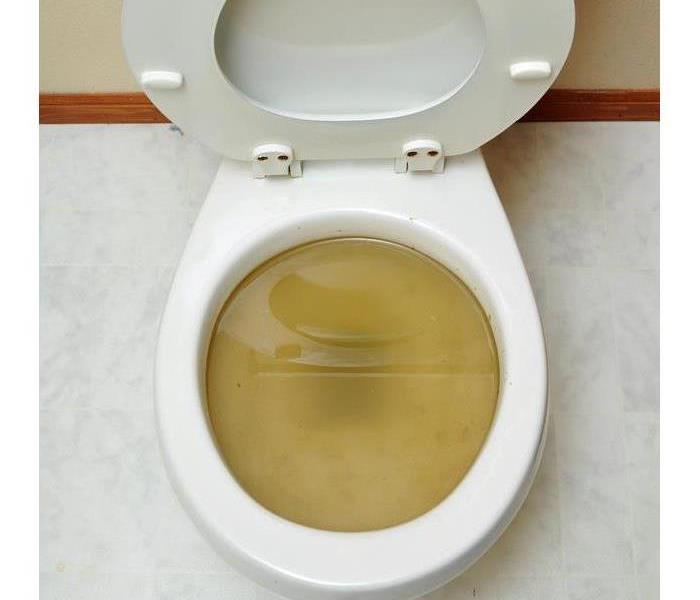4 Things To Do When Your Toilet Overflows
10/7/2020 (Permalink)
Here Are Four Important Things To Consider
When pipes clog within a home, water still has to escape. After all, the normal route is blocked but the fluid can't stop. This often results in a toilet overflow, creating water and sewer damage. Homeowners in Croyden, PA, should take this seriously, using more than a towel to clean up the mess. Residence should seek assistance quickly to stop the problem and begin remediation efforts.
1. Shut Off the Water Valve
Contact the sewage company. While you wait for arrival, cut off the water supply. There is usually a valve on the toilet. If this isn't enough then locate the main line outside. It's often on the ground. If you can't find it, refrain from using any utility source until inspection has been completed. This includes the shower, washer, and dishwasher.
2. Assess the Contamination
If sewer damage occurs, the house is exposed to category 3 water. Known as black water, this fluid contains high amounts of bacteria. Left within the drywall and floors, it becomes a hazard for microbial growth; therefore, have someone from a water remediation team test the affected zones to determine the degree of disinfection needed.
3. Tear Out Excessive Water Damage
Flooded toilet water spreads quickly, seeping into grout, walls, and carpet pads. Very easily, it permeates into porous items, making it difficult to clean. Surface chemicals such as bleach may destroy external issues, yet the formula cannot penetrate deeply into the structure. To reduce the trouble, crews should extract overly drenched sections. This includes taking out the flooring and making a flood cut into the drywall. This is usually about two to three feet above the visible concern.
4. Dry Out the Room
Pull out as much moisture as possible. This starves out fungus, decreasing the chance of mold development. Dehumidifiers should run around the clock until the areas test within a normal range. Then, restoration can begin.
Sewer damage should be cleaned promptly. Removal and airing out are important for accurate recovery.






 24/7 Emergency Service
24/7 Emergency Service
